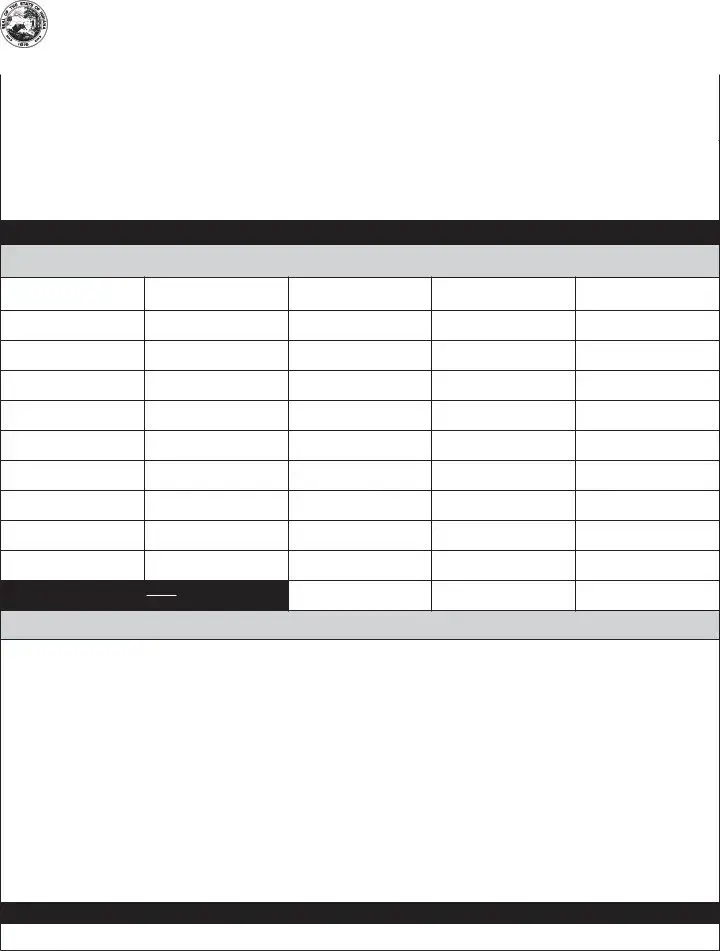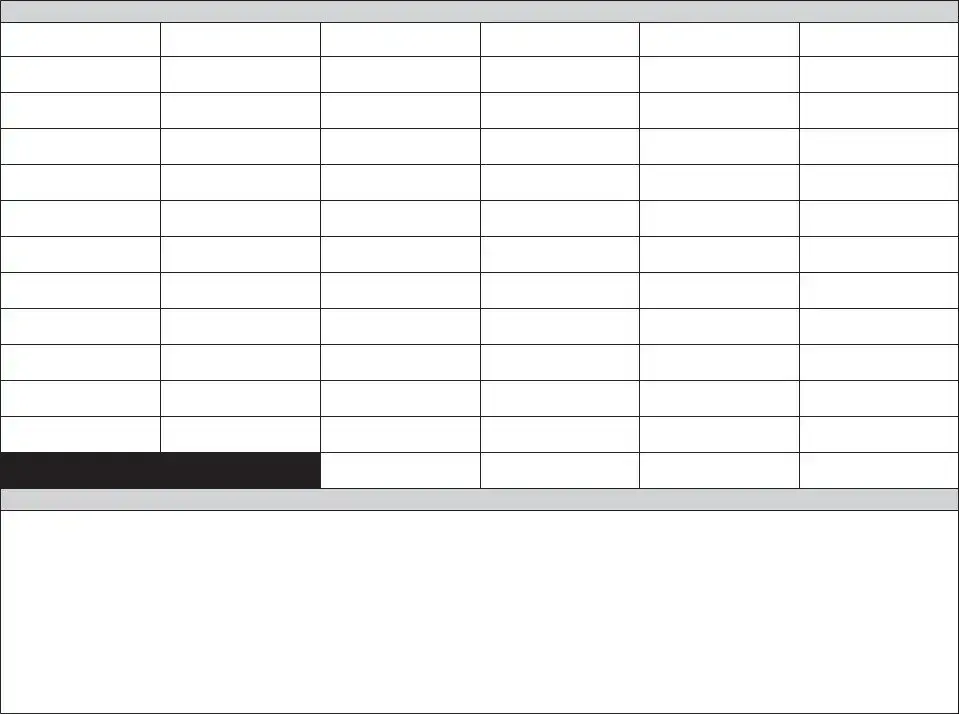What is the purpose of the Indiana ST-103DR form?
The Indiana ST-103DR form, also known as the Recap of Prepaid Sales Tax by Distributors form, is utilized by distributors to report and recapitulate the total gallons of fuel purchased and sold, along with the amount of prepaid sales tax paid to suppliers and collected from customers. It is a mandatory filing to ensure compliance with the state's tax regulations.
Who is required to file the ST-103DR form?
Any distributor engaged in the business of selling fuel within the state of Indiana is required to file the ST-103DR form. This includes both qualified and non-qualified gasoline distributors as identified under state tax guidelines.
When is the ST-103DR form due?
The ST-103DR form must be filed monthly. The due date for submission is the last day of the month following the reporting period. For instance, for sales in January, the form is due by the end of February.
Are there any penalties for filing the ST-103DR form late?
Yes, distributors who fail to file the ST-103DR form by the due date may be subject to penalties and interest as determined by the Indiana Department of Revenue. These can include charges for late filing and late payment, which accrue over time until the form is submitted and the due tax is paid.
What information is needed to complete the ST-103DR form?
To accurately complete the ST-103DR form, distributors must provide their Indiana Taxpayer Identification Number (TID), Federal Identification Number (FID), the tax period, taxpayer's legal name and DBA (Doing Business as Name), contact and business address details, their distributor status, and details of fuel transactions including purchases and sales with corresponding prepaid tax amounts.
Can the ST-103DR form be filed if there were no transactions during the reporting period?
Yes, the Indiana Department of Revenue requires that the ST-103DR form be filed even if the distributor had no transactions during the reporting period. This ensures ongoing compliance and maintains accurate records with the tax authority.
What should I do if my business permanently closes?
If your business permanently closes, you should indicate this status on the ST-103DR form by checking the appropriate box and providing the date of closure. This information is crucial for the Indiana Department of Revenue to update their records accordingly.
Where do I mail the completed ST-103DR form?
The completed ST-103DR form should be mailed to the Indiana Department of Revenue Excise Tax, P.O. Box 6114, Indianapolis, IN 46206-6114. It is advisable to keep a copy of the form for your records.
How can I verify that my ST-103DR form was received and processed?
To verify the receipt and processing of your ST-103DR form, you can contact the Indiana Department of Revenue Excise Tax Division at (317) 615-2552. It is recommended to wait a few weeks after mailing your form before making an inquiry.
What do I do if I make a mistake on the ST-103DR form?
If you discover an error on the ST-103DR form after submission, you should contact the Indiana Department of Revenue for guidance on how to submit a corrected form. It's important to address any inaccuracies as soon as possible to ensure compliance and avoid potential penalties.


